-
Welcome to Tacoma World!
You are currently viewing as a guest! To get full-access, you need to register for a FREE account.
As a registered member, you’ll be able to:- Participate in all Tacoma discussion topics
- Communicate privately with other Tacoma owners from around the world
- Post your own photos in our Members Gallery
- Access all special features of the site
Warped Rotors
Discussion in '3rd Gen. Tacomas (2016-2023)' started by xpert1111, Feb 9, 2023.
Page 4 of 5
Page 4 of 5


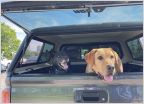 Dog Transportation with Topper
Dog Transportation with Topper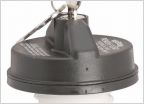 2019 Tacoma gas cap lock
2019 Tacoma gas cap lock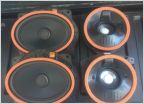 3rd Gen JBL Audio Solutions?
3rd Gen JBL Audio Solutions?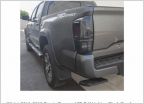 Winjet taillight
Winjet taillight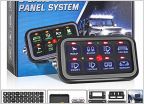 Another wiring question
Another wiring question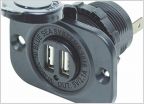 DMM Fast Charge
DMM Fast Charge
